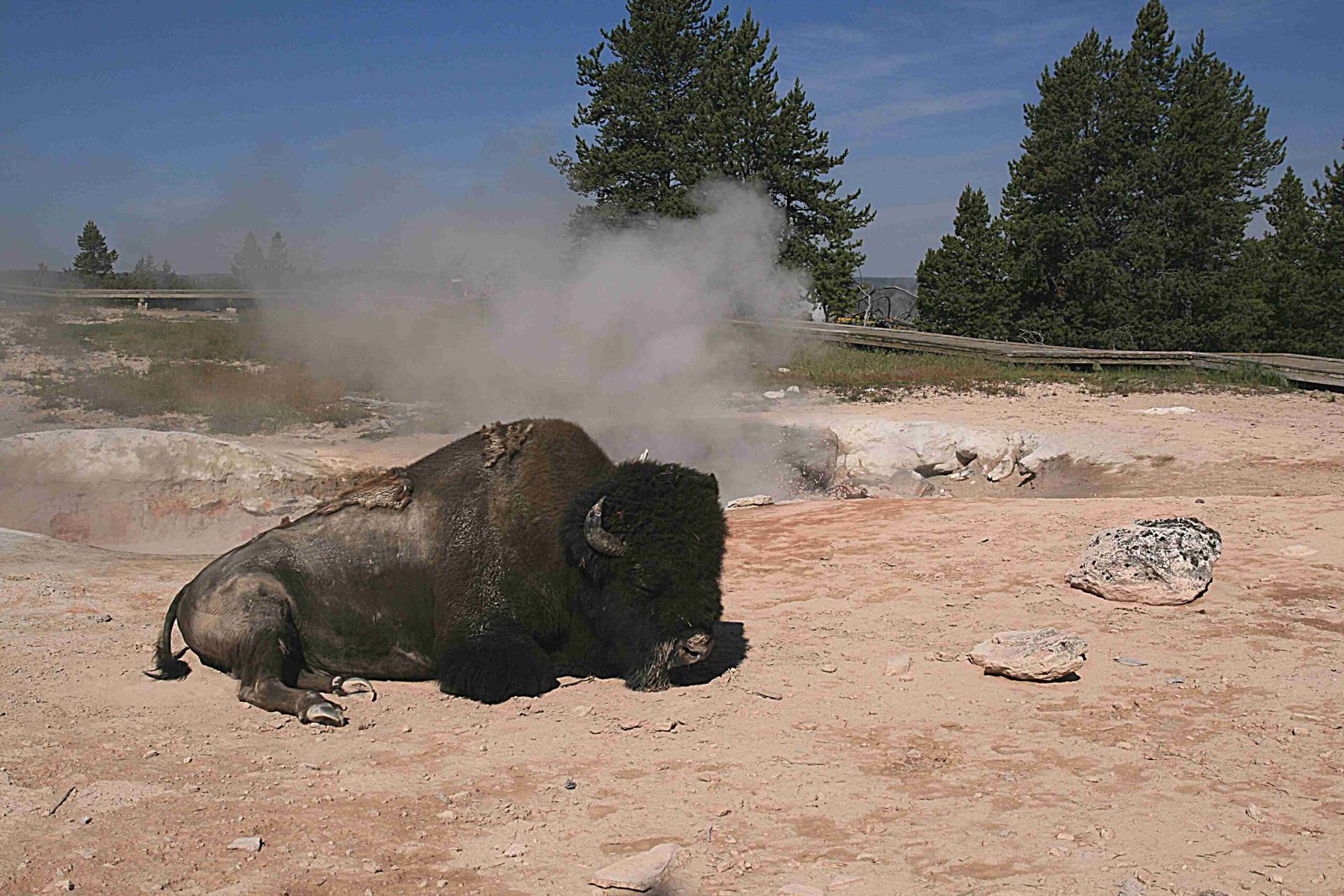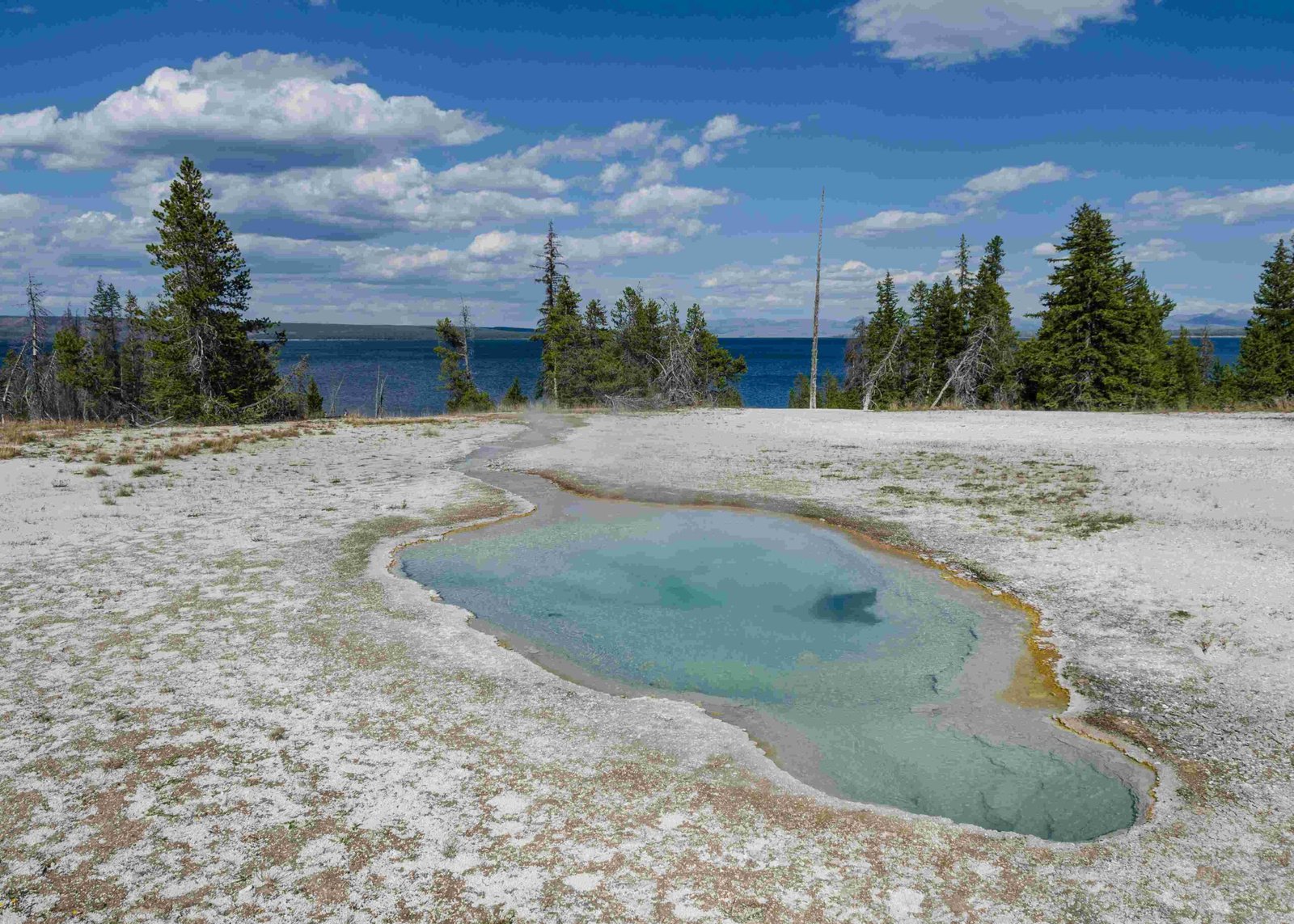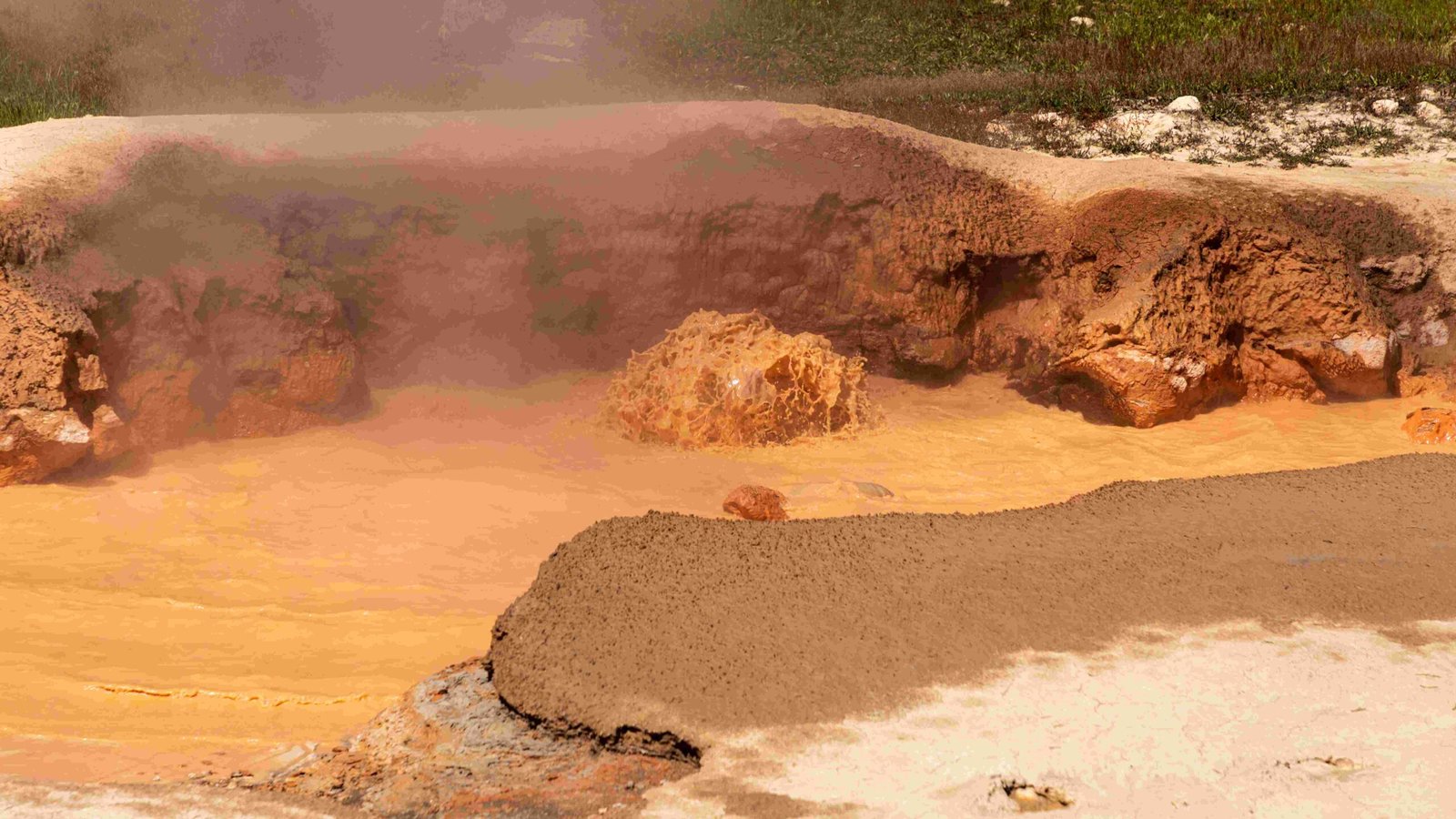Yellowstone National Park, home to diverse landscapes and natural wonders, boasts several magnificent waterfalls near the Norris Geyser Basin. These falls, including Lower Yellowstone Falls, Upper Yellowstone Falls, and Gibbon Falls, offer visitors breathtaking views and unique experiences. Each waterfall has its own characteristics, accessibility options, and surrounding wildlife, making them popular attractions for park visitors throughout the year.
What Are the Main Waterfalls Near Norris in Yellowstone National Park?

The falls near Norris in Yellowstone National Park include three primary waterfalls:
- Lower Yellowstone Falls
- Height: 308 feet (94 m)
- Location: Near the Grand Canyon of the Yellowstone
-
Flow rate: 680 cu ft/s (19 m3/s) in autumn to 8,400 cu ft/s (240 m3/s) at peak runoff
-
Upper Yellowstone Falls
- Height: 109 feet
-
Location: Upstream from Lower Yellowstone Falls
-
Gibbon Falls
- Height: 84 feet
- Location: Along the Gibbon River, visible from the Grand Loop Road
Each of these falls offers unique viewing experiences and contributes to the park’s diverse ecosystem.
How Can Visitors Access These Falls?

Accessibility to the falls near Norris varies:
- Lower Yellowstone Falls:
- Viewable from Artist Point
- Accessible via Uncle Tom’s Trail (steep, 300+ steps)
-
Brink of the Lower Falls trail
-
Upper Yellowstone Falls:
- Brink of the Upper Falls trail
-
South rim trails
-
Gibbon Falls:
- Easily visible from a roadside pullout on the Grand Loop Road
For visitors with mobility concerns, Gibbon Falls offers the most accessible viewing option.
What Are the Best Times to Visit These Falls?
The optimal times to visit the falls near Norris in Yellowstone National Park are:
| Season | Advantages | Considerations |
|---|---|---|
| Late Spring (May-June) | Peak water flow due to snowmelt | Crowds can be heavy |
| Early Summer (June-July) | Still high water levels, warmer weather | Peak tourist season |
| Fall (September-October) | Beautiful fall foliage, fewer crowds | Lower water levels |
| Winter (December-February) | Unique frozen views | Limited access, cold temperatures |
Spring and early summer offer the most impressive water flow, while fall provides a picturesque backdrop with changing leaves.
What Wildlife Can Be Seen Near These Falls?
The areas around the falls near Norris in Yellowstone National Park are home to diverse wildlife:
- Large Mammals:
- Bison
-
Elk (especially in winter near Norris Geyser Basin)
-
Birds:
- Killdeer (nesting on bare ground)
-
Swallows (flying over basins catching insects)
-
Insects:
- Thermophilic insects near hot springs
- Colorful dragonflies (especially near Crackling Lake and Puff ‘n Stuff Geyser)
Wildlife viewing is best done from a safe distance, adhering to park guidelines to protect both animals and visitors.
What Hiking Trails Lead to These Falls?
Several hiking trails provide access to the falls near Norris:
- Uncle Tom’s Trail
- Length: 0.75 miles (1.2 km)
- Difficulty: Challenging (over 300 steps)
-
Destination: Lower Yellowstone Falls viewpoint
-
Brink of the Lower Falls Trail
- Length: 0.8 miles (1.3 km) round trip
- Difficulty: Moderate to challenging
-
Destination: Top of Lower Yellowstone Falls
-
Brink of the Upper Falls Trail
- Length: 0.25 miles (0.4 km) round trip
- Difficulty: Easy to moderate
-
Destination: Viewing area for Upper Yellowstone Falls
-
North Rim Trail
- Length: 2.5 miles (4 km) one way
- Difficulty: Moderate
- Destination: Multiple viewpoints of both Upper and Lower Falls
While not directly leading to a waterfall, the Norris Geyser Basin trails offer unique geothermal experiences:
- Porcelain Basin Trail
- Length: 0.75 miles (1.2 km)
- Difficulty: Easy
-
Features: Barren landscape, unique sensory experience
-
Back Basin Trail
- Length: 1.5 miles (2.4 km)
- Difficulty: Easy to moderate
- Features: More wooded area, diverse geothermal features
What Safety Precautions Should Visitors Take?
When visiting the falls near Norris in Yellowstone National Park, safety is paramount:
- Stay on designated trails and boardwalks
- Keep a safe distance from wildlife (at least 25 yards from most animals, 100 yards from bears and wolves)
- Be cautious of thermal areas – the ground can be thin and water extremely hot
- Carry plenty of water, especially in summer
- Be prepared for sudden weather changes
- Inform someone of your hiking plans if venturing on longer trails
- Use caution on steep trails like Uncle Tom’s Trail, especially in wet conditions
How Do Seasonal Changes Affect the Falls?
Seasonal variations significantly impact the falls near Norris:
- Spring: Highest water flow due to snowmelt, creating powerful and impressive falls
- Summer: Water levels begin to decrease but remain substantial
- Fall: Lower water levels, but beautiful fall colors enhance the scenery
- Winter: Falls may partially freeze, creating unique ice formations
These seasonal changes not only affect the appearance of the falls but also influence the surrounding ecosystem and wildlife behavior.
What Photography Tips Can Enhance Waterfall Shots?
To capture stunning photos of the falls near Norris:
- Use a tripod for stability, especially in low light conditions
- Experiment with slow shutter speeds to create a silky water effect
- Visit during the ‘golden hours’ (just after sunrise or before sunset) for optimal lighting
- Include surrounding elements like trees or rocks for scale and context
- Consider using a polarizing filter to reduce glare and enhance colors
- Protect your camera from spray, especially near powerful falls like Lower Yellowstone Falls
- Explore different viewpoints – don’t just stick to the main overlooks
How Do These Falls Contribute to Yellowstone’s Ecosystem?
The falls near Norris play crucial roles in Yellowstone’s ecosystem:
- Habitat Creation: The mist from the falls creates unique microclimates supporting specialized plant life
- Oxygenation: As water tumbles over the falls, it becomes oxygenated, benefiting aquatic life downstream
- Erosion and Landscape Formation: The falls continue to shape the park’s geology, carving canyons and creating new habitats
- Water Distribution: They help distribute water and nutrients throughout the ecosystem
- Wildlife Support: The falls and surrounding areas provide essential water sources and habitats for various wildlife species
Understanding these ecological roles enhances appreciation for these natural wonders beyond their visual appeal.
By exploring the falls near Norris in Yellowstone National Park, visitors can witness the power and beauty of nature while gaining insights into the complex ecosystems that make Yellowstone a truly remarkable place. Whether you’re an avid hiker, a wildlife enthusiast, or simply someone who appreciates natural beauty, these falls offer unforgettable experiences in one of America’s most iconic national parks.
References:
1. https://www.beyondarizona.com/post/lower-falls-norris-geyser-basin
2. https://www.nps.gov/thingstodo/yell-norris-geyser-basin-trails.htm
3. https://www.nps.gov/yell/planyourvisit/norrisplan.htm

